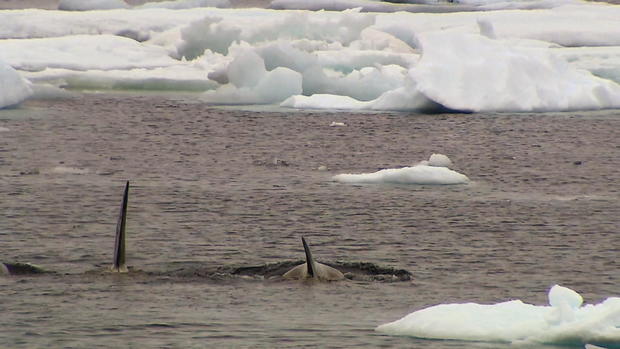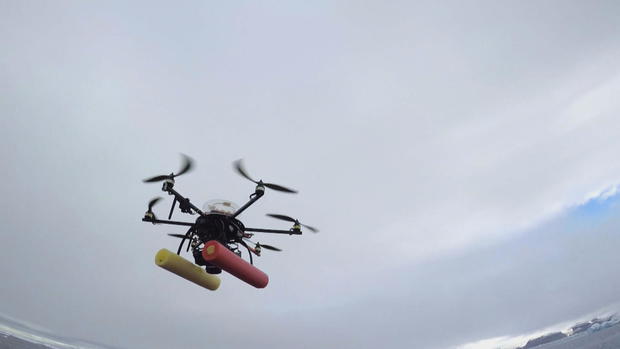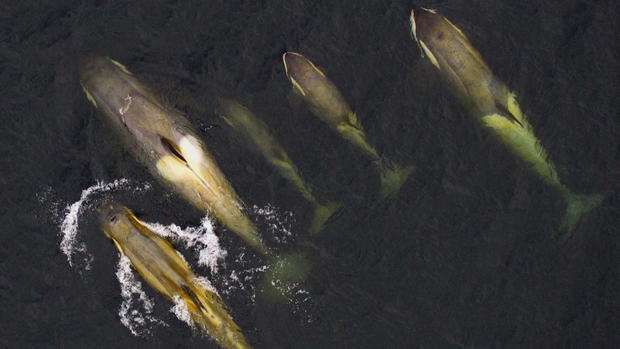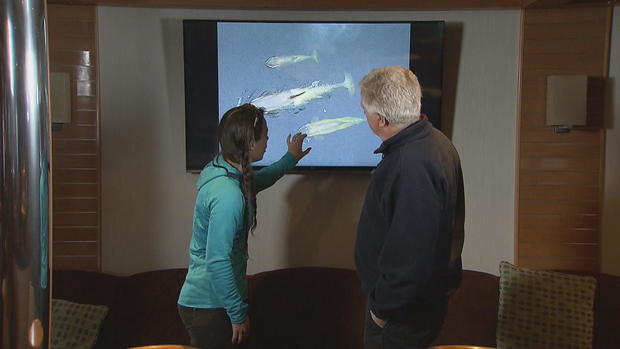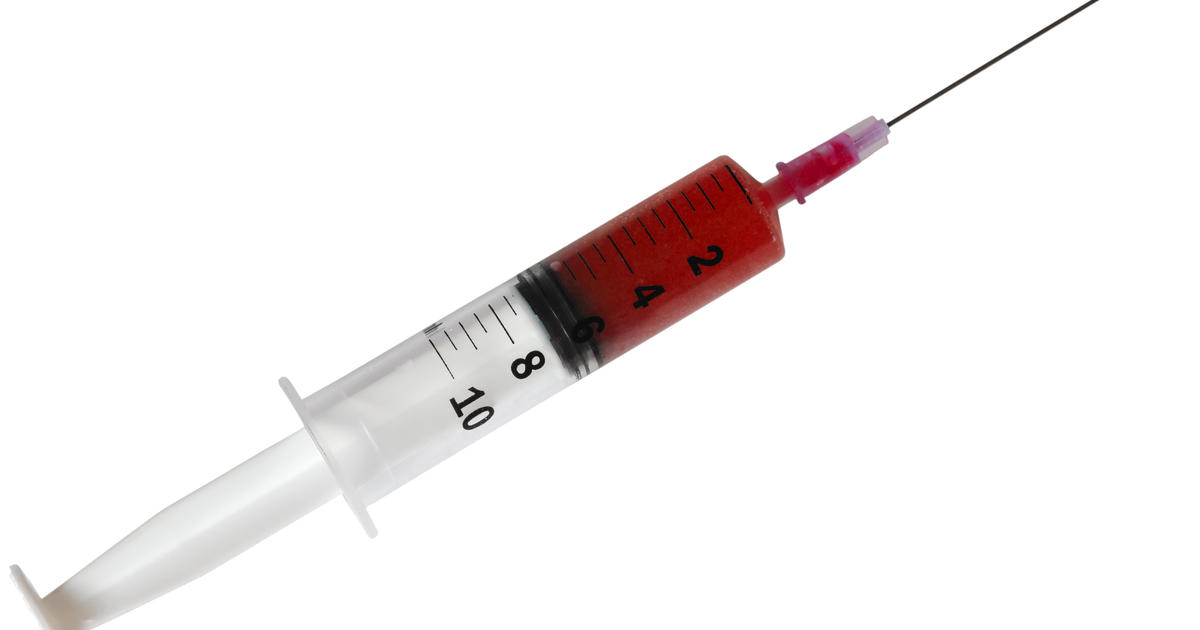Why researchers are hunting killer whales in the Antarctic
In this latest installment of the “Climate Diaries” series, CBS News correspondent Mark Phillips is in Antarctica, following a group of researchers chasing killer whales. They are using new technology, including drones, to learn about the health of the ocean’s top predator. Phillips shows us how the Antarctic Ocean’s dwellers are experiencing the effects of climate change.
The ship that took a CBS News team to the U.S. research base at Palmer Station, Antarctica is not your average love boat. There’s some serious scientific work being done on this cruise, and the findings are not always happy ones, reports CBS News correspondent Mark Phillips.
The National Geographic Explorer is a different kind of adventure cruise ship. She’s on a whale hunt, cutting through the pack ice near the Antarctic Circle. The good ship Explorer is not just here for sightseeing, although there’s plenty to see.
And while nobody shouts “Thar she blows,” when whales are spotted, this time in open water, people do jump into small boats to chase them, just like in the old days. This hunt, though, isn’t about killing whales; it’s about saving them. It’s about giving them a health check, and the prognosis isn’t particularly good.
“One of the reasons we study top predators -- and killer whales are the top predator in the ocean -- is to understand the health of the ecosystem that supports them,” said John Durban. He and Holly Fearnbach are modern whale hunters who use the latest tools.
They use a drone fitted with equipment to monitor the whales’ condition.
“With a small drone like this, we can fly just a little over 100 feet -- the whales don’t know it’s there -- and we fly a camera much lower so the quality of the images are so much better,” Durban explained.
The results are better pictures, but, it turns out, not better whales.
The images of one pod of killer whales were not encouraging, particularly for the adult female -- the mother of the family.
“What’s wrong with her?” Phillips asked.
“She’s very, very thin,” Fearnbach said.
“You could see just following her, her whole body profile, you could see her ribs really clearly, so she’s lost all of the fat along her entire body,” Fearnbach said.
“You’re looking at a dying whale here?” Phillips asked.
“Yes, you’re looking at a dying whale. And she has a dependent offspring, and so once the female dies, then she’s also going to lose her calf, so it’s very worrying,” Fearnbach said.
And it’s not just the size of the whales that Durban and Fearnbach are looking at. You wouldn’t think you could take health-analyzing samples from whales out here in the Antarctic Ocean, but you can. The team has developed a technique – here they’re using it in the Pacific – to actually breathalyze whales by flying through the cloud of mist they produce when they breathe.
“You can tell by flying through that cloud of whale breath, the exhalation of a whale… you’re picking up what’s inside the whale, is what you’re saying?” Phillips asked.
“Yeah. So these collection plates, like the one on the top here and the front here, they’re sterile, and we’re able to collect droplets of whale blow. And from that, we take them back to the lab and use genetic techniques to identify the microorganisms that are in that blow,” Durban explained.
It’s early in the program and Durban and Fearnbach are just building up a database of what comes out of a whale’s blowhole. But if a whale is unwell, the theory is you’d effectively be able to smell it on their breath.
In the meantime, they can only take an educated guess on why they’re finding sick whales in these pristine waters, which, like everywhere else, are getting warmer. The pack ice around which they normally hunt is not as abundant as it used to be; neither is the food they hunt for.
“Our hypothesis certainly is there’s… you know, a problem with their food supply, and… fewer seals. And that’s what we’ve been seeing so far this year,” Durban said.
“Less ice, fewer seals? Is that a leap?” Phillips asked.
“It’s certainly a hypothesis,” Durban said.
The next time Durban and Fearnbach are down this way, they’ll be looking for this family of whales, hoping they’re still around.
Because this place is so remote and so difficult to work in for much of the year, wildlife research is less developed than in the Arctic. Everybody knows about the polar bears; now, it’s time to think about the killer whales.

